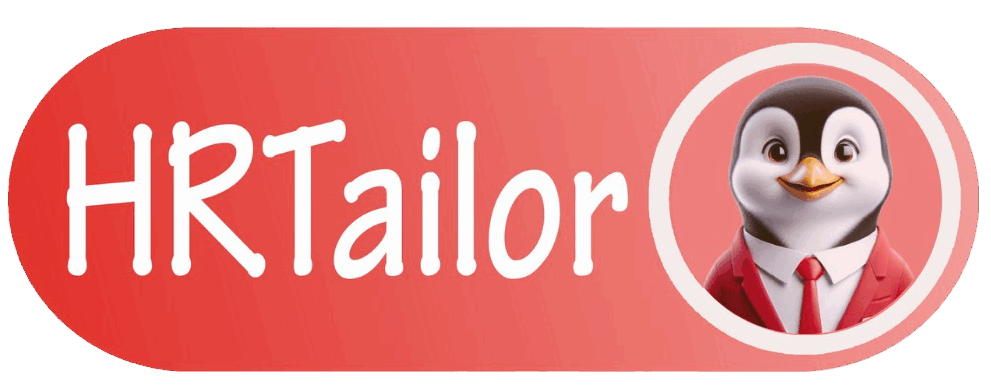
5 Reasons HRMS Implementations Fail — and How to Fix Them
Implementing an HRMS system promises efficiency, automation, and clarity—but often, companies face frustration and wasted resources instead. Studies show that over 40% of HRMS projects fail to meet expectations, leaving HR teams overwhelmed and employees frustrated.
The problem isn’t the technology—it’s how the system is implemented and adopted. By understanding common pitfalls, you can prevent costly mistakes and ensure your HRMS works as intended.
Reason 1: Poor Planning and Goal Setting
Many HRMS failures start before software is even installed. Companies often skip defining clear objectives, assuming the system will “fix everything.”
Fix:
Identify specific pain points you want to solve (e.g., payroll errors, leave tracking, performance management).
Set measurable goals for HRMS adoption.
Involve key stakeholders from HR, finance, and IT to ensure alignment.
Mini Story:
A mid-sized startup implemented HRMS without a clear roadmap. Payroll errors persisted, and employees were confused. After revisiting goals and involving the HR and IT teams, the system was configured properly, reducing payroll mistakes by over 90%.
Learn more about practical HRMS features in our HRMS Guides.
Reason 2: Lack of Employee Training
Even the best HRMS fails if employees don’t know how to use it. Many companies assume HR staff or employees will figure it out themselves, leading to misuse or underutilization.
Fix:
Conduct comprehensive training sessions for HR and employees.
Provide easy-to-follow manuals and video tutorials.
Encourage feedback and questions during the initial months.
Mini Story:
A growing tech firm struggled with leave management because employees didn’t understand the self-service portal. After training workshops and FAQ videos, system adoption skyrocketed, and HR saved hours every week.
For companies exploring recruitment and employee onboarding, see our HR Outsourcing Guide.
Reason 3: Poor Data Migration
Migrating employee records, payroll information, and historical data is critical. Many failures occur because data is inaccurate, incomplete, or not standardized before migration.
Fix:
Clean and validate all HR data before migration.
Standardize formats for payroll, attendance, and personal information.
Run test migrations and check for discrepancies.
Mini Story:
An HR team imported old Excel sheets into HRMS without cleaning them. Missing data caused errors in payroll and leave balances. After auditing and correcting the data, the system ran smoothly, and trust in the HRMS grew among employees.
Reason 4: Ignoring Employee Feedback
HRMS implementations often focus on HR managers or IT teams, ignoring employee needs and user experience. Systems that are difficult or unintuitive are rarely used.
Fix:
Involve employees in pilot testing before full-scale implementation.
Collect feedback on usability and features.
Make adjustments to improve experience and increase adoption.
Mini Story:
A company noticed employees were not using the performance management module. After surveying staff, they simplified the workflow and added tutorials, leading to higher engagement and accurate performance tracking.
For practical guidance on improving HR efficiency, see our HR Setup Guides
Reason 5: Overlooking Change Management
Implementing HRMS isn’t just technical—it’s cultural. Resistance to change is a major cause of failed projects.
Fix:
Communicate the benefits clearly to employees and managers.
Celebrate small wins during adoption.
Assign HRMS champions to support colleagues and troubleshoot issues.
Mini Story:
A large enterprise introduced HRMS without preparing employees for change. Many stuck to old processes. Once they appointed HR champions and shared success stories, adoption increased, and HR processes became more efficient.
Conclusion
HRMS implementation can transform your HR department if approached correctly. By planning thoroughly, training employees, migrating clean data, listening to feedback, and managing change effectively, businesses can achieve higher adoption, smoother operations, and happier employees.
At HRTailor, we help companies implement HRMS seamlessly, ensuring compliance, efficiency, and engagement. With the right guidance, HRMS isn’t just software—it becomes a strategic tool that drives growth and employee satisfaction.

